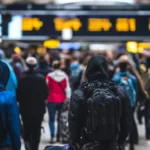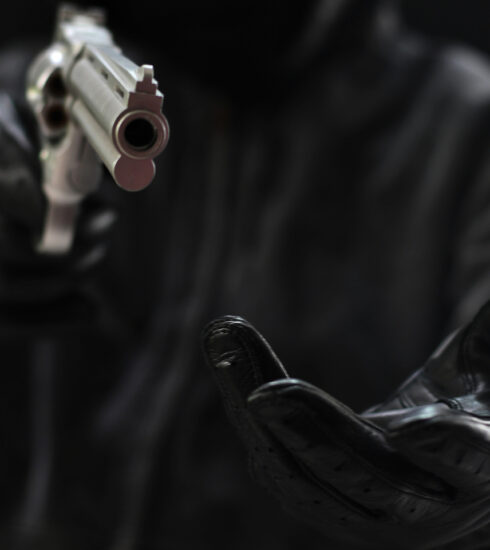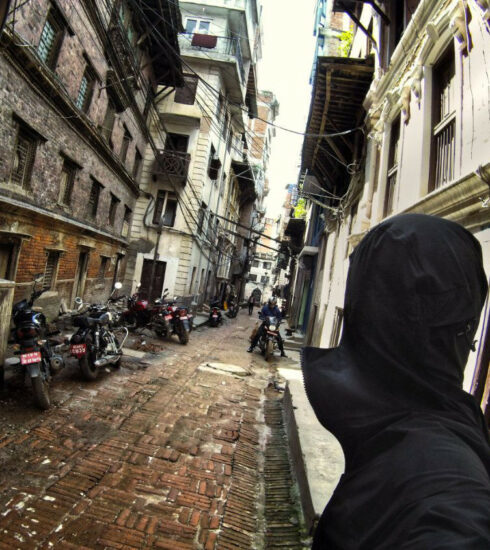FBI Use of Deadly Force Protocol
When an FBI agent draws their weapon, it’s not just muscle memory – it’s the final step in a chain of judgment calls shaped by law, training, and real-time threat assessment.
Unlike Hollywood shootouts, the Bureau’s approach to deadly force is anything but reckless. It’s governed by strict internal policy and federal law, designed to protect both the public and the integrity of the mission.
When it comes to pulling the trigger, the FBI doesn’t leave things to chance. Whether it’s a fugitive takedown or an unexpected escalation during surveillance, agents are trained to respond with precision and restraint. This isn’t just law enforcement protocol, it’s professional-grade tradecraft. It’s a structured, heavily scrutinized process rooted in constitutional law, policy, and practical tradecraft.
The Core Rule: Imminent Threat
The FBI’s use-of-deadly-force policy is centered on one clear principle: an agent may use deadly force only when the agent has a reasonable belief that the subject poses an imminent danger of death or serious physical injury to the agent or another person. That “reasonable belief” is key. It’s not about fear or instinct alone, it’s about what a trained professional, standing in that moment, would assess given the totality of the situation.
This isn’t something cooked up in a boardroom. It’s grounded in the Supreme Court decision Tennessee v. Garner (1985), which ruled that law enforcement can’t use deadly force to stop a fleeing suspect unless that suspect poses a significant threat of death or serious harm.
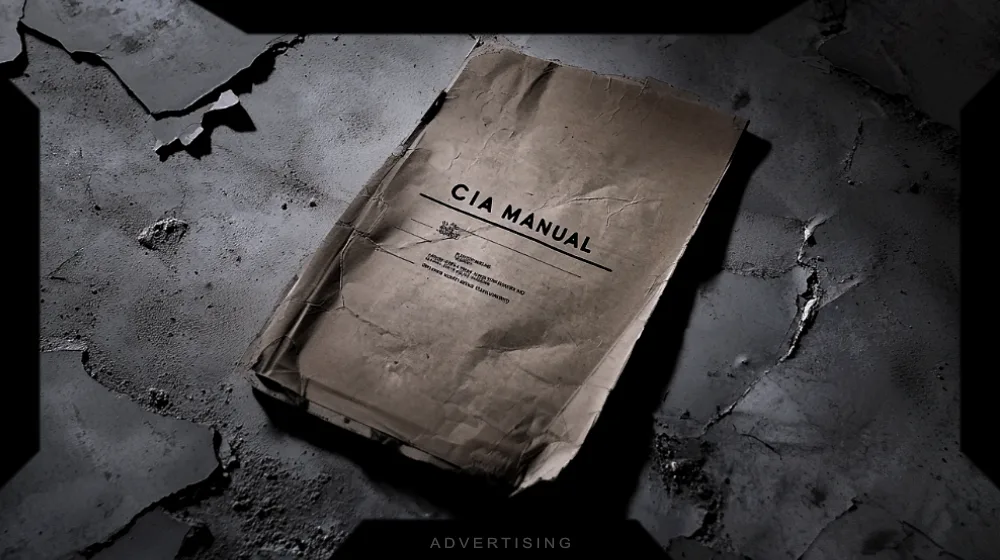
Deadly Force vs. Shoot-to-Kill
Let’s clear something up, deadly force doesn’t automatically mean shoot-to-kill. The goal is to stop the threat, not to execute. If the threat stops, so does the force. But the reality is, if you’re using deadly force, you’re accepting that death is a likely outcome. That’s why it’s treated as the last option, not the first.
• Intent matters: Agents are trained to neutralize, not eliminate. If a subject can be stopped without lethal injury, that’s preferred, but not always possible.
• Target zones aren’t random: FBI firearms training emphasizes center mass shots for reliability, not headshots or Hollywood stunts. It’s about effectiveness under stress.
• Once the threat ends, so does the force: Continuing to fire after a threat is neutralized crosses legal lines and opens agents up to civil and criminal liability.
The difference between deadly force and shoot-to-kill lies in purpose and restraint. In tradecraft, intent is everything. You’re trained to stop a threat, not to assassinate. That’s why every round fired has to be justified after the fact. If you use your weapon, you’d better be able to explain (clearly and legally) why there was no other option. That’s the line that separates lawful force from an unlawful killing, and it’s a line operatives live by.
FBI Training and Oversight
FBI agents undergo extensive training at Quantico. We’re talking shoot/no-shoot drills, judgment under stress, and serious scenario-based evaluations. They’re trained not just to shoot accurately but to think under fire, literally. This training sharpens their abilities so they’re making decisions that can stand up in court, media, and internal review.
Any time deadly force is used, there’s an automatic internal review. The FBI’s Inspection Division steps in to conduct an administrative investigation. If there’s any question of legality, the Civil Rights Division of the DOJ or the local U.S. Attorney’s Office might get involved too.
• Stress inoculation is key: Agents train to respond under high adrenaline, simulating chaos to build muscle memory and clear-headed judgment.
• Legal training runs parallel: Operatives are drilled on constitutional law, civil rights, and policy. Knowing when not to shoot is just as critical as knowing how.
• After-action reviews are mandatory: Every use-of-force incident gets dissected, not just for legality but for lessons learned, whether tactics, communication, or command decisions.
The Bureau doesn’t gamble on instinct alone. They invest in training that embeds judgment into muscle memory, because one bad shoot doesn’t just cost lives, it can burn an entire operation or mission objective. Tradecraft here means precision, discipline, and accountability baked into every trigger pull. You don’t just carry a badge and gun, you carry the burden of getting it right under pressure.
Use of Force in the Field
In operations, especially high-stakes takedowns, deadly force protocol is baked into the mission planning. Operatives roll with clear rules of engagement. If you’re setting up a high-risk arrest or raid, every team member knows who’s cleared to fire and under what conditions. That’s not just for legal cover, it’s smart SOP. Clarity saves lives, both civilian and operative.
That said, things can go sideways fast. No matter how tight the plan is, chaos is part of the job. So FBI teams train for contingencies such as hostage grabs, suspect barricades, unexpected gunfire. That’s where experience and tradecraft kick in. The key is disciplined escalation: you go in ready, but you don’t overreact. A clean shoot is one thing; a panicked one invites lawsuits, investigations, and media hellfire. You’ve gotta think and move like a professional, even when the whole scene turns hot.
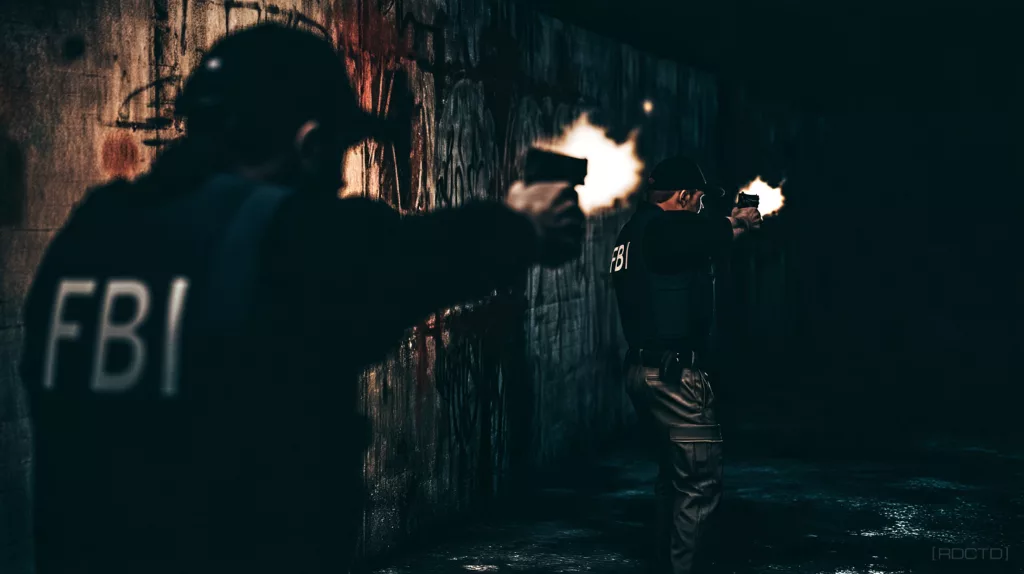
FBI Deadly Force Protocol
When an FBI agent uses deadly force, it’s not off-the-cuff, it triggers a precise chain of actions grounded in law, policy, and operational discipline. This isn’t just pulling a trigger and walking away. Every move, from the moment a threat is identified to the last signature on a review report, is tightly governed by protocol. This is how it unfolds on the ground:
Deadly force isn’t just about the bullet, it’s about accountability. The FBI’s protocol isn’t just a checklist; it’s a layered system designed to protect agents, the Bureau, and the public. Agents walk a tight line between decisive action and legal scrutiny. That’s why every move has to be surgically clean and fully defensible. You don’t just survive the gunfight, you survive the courtroom, the press, and the politics that follow.
Protocol Comparisons
CIA Paramilitary (SAD/SOG)
When it comes to the CIA’s Special Activities Center, particularly the Ground Branch (SOG), deadly force protocols are shaped more by mission parameters and covert status than by domestic policy. These operatives function under Title 50 authorities, not Title 18 like the FBI or local law enforcement, which gives them more flexibility, but also more responsibility.
They operate in denied areas, often without official cover, so rules of engagement are set by national command authorities and tailored to the operational environment. Unlike FBI agents, paramilitary operatives aren’t aiming for arrests, they’re executing foreign policy objectives, and if deadly force is used, it’s usually in the context of direct action or defensive counterterror ops. Tradecraft here means not just knowing how to shoot, but how to do it in the dark, off the books, and still walk away clean.
Local Police (United States)
On the other end, local police operate under far stricter public scrutiny and legal limitations. Their use of deadly force is governed by state law, departmental policy, and the Constitution, particularly the Fourth Amendment. Cops are trained to use deadly force only when absolutely necessary, and that standard is judged by what a “reasonable officer” would do in the same circumstances.
Unlike federal or covert assets, local officers often deal with messy, unstructured encounters (traffic stops, domestic calls, street crime) where threats evolve in seconds. Protocol for police is about control, de-escalation, and making life-or-death decisions with a body cam rolling and a grand jury waiting.
Accountability and Politics
Let’s be real, any federal use of deadly force is going to face political and media heat. The Bureau knows this. Every shot fired by an FBI agent becomes part of a larger narrative, which is why they take deadly force incidents seriously. Missteps erode public trust and operational freedom. Agents work in a tight space between mission objectives and public accountability, especially now.
The FBI’s use of deadly force isn’t a free-for-all. It’s a narrow, clearly defined lane meant to protect lives while upholding the law. Agents are trained to assess threats fast and act decisively, but with discipline.
[INTEL : FBI Profiling Method]



